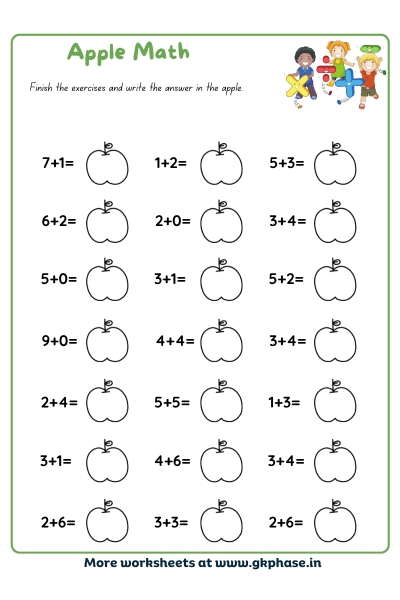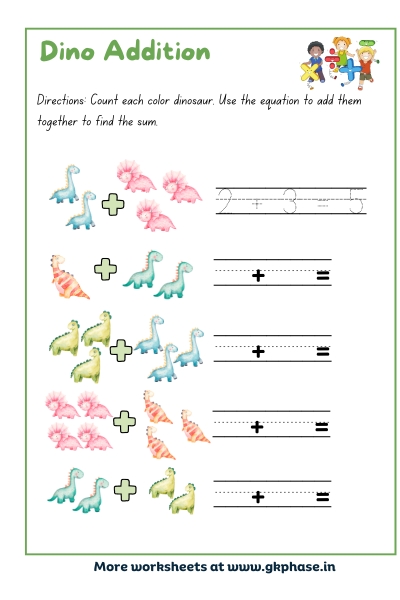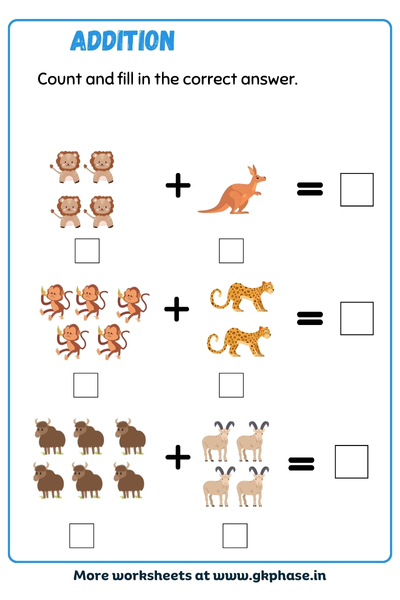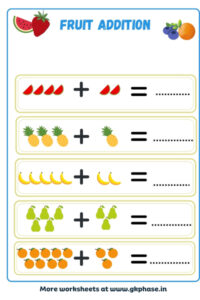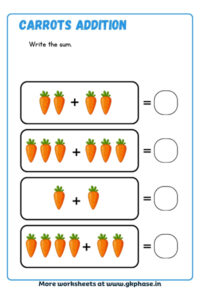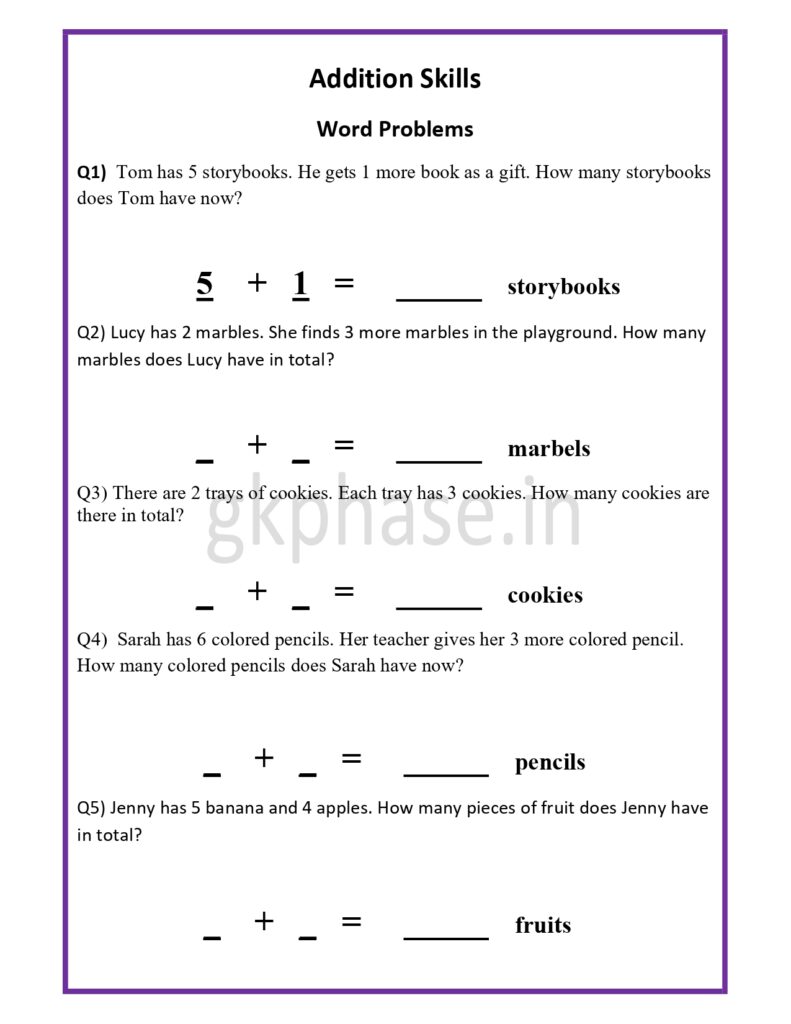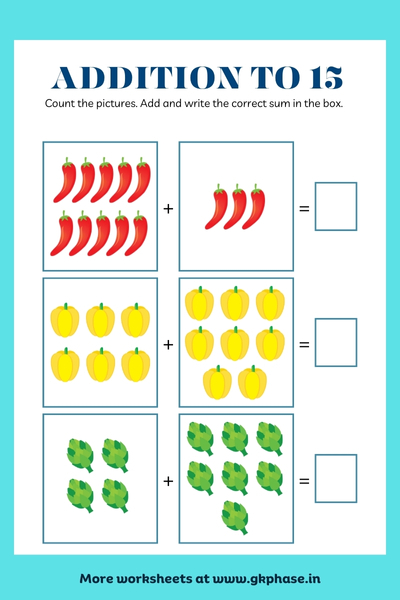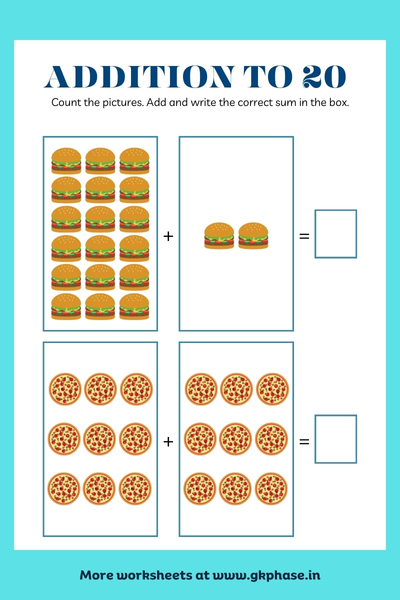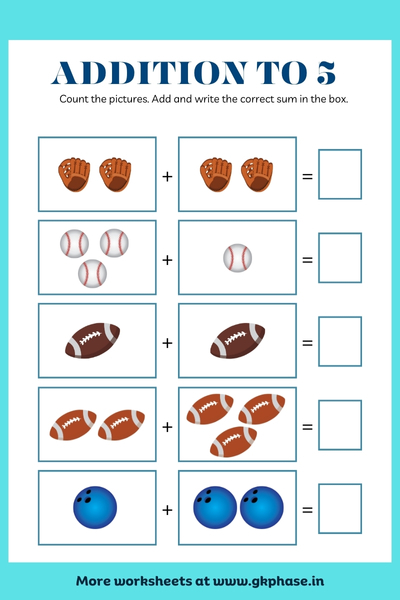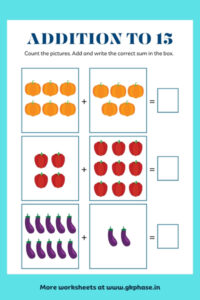Addition Skills
1. Understanding Numbers: Before diving into addition, ensure that students have a solid understanding of numbers up to 20. This includes recognizing the digits, understanding their value, and being able to count up to 20.
2. Counting Strategies: Initially, students can use counting strategies to add numbers. For example, to solve 7 + 8, they can count starting from 7 and then count up 8 more: 7, 8, 9, 10, 11, 12, 13, 14, 15. This helps them understand the concept of combining two quantities.
3. Visual Aids: Use visual aids such as number lines, ten frames, or counters to help students visualize addition. A number line from 0 to 20 can be particularly useful for showing how to “jump” from one number to another when adding.
4. Concrete Examples: Use real-life examples that students can relate to. For instance, if there are 5 apples and 3 more are added, how many apples are there in total? This helps make addition more tangible and meaningful for young learners.
5. Interactive Activities: Engage students with interactive activities like games, manipulatives, or digital tools designed for early math education. These activities make learning addition fun and engaging while providing hands-on practice.
6. Repetition and Practice: Practice is crucial for reinforcing addition skills. Provide plenty of opportunities for students to practice adding within 20 through worksheets, games, or daily exercises. Repetition helps solidify their understanding and fluency in addition.
Here’s a simple example problem:
Example: Sarah has 10 candies, and her friend gives her 6 more. How many candies does Sarah have now?
Solution:
To find out how many candies Sarah has now, we add the number of candies she had initially (10) to the number her friend gave her (6):
10 (Sarah’s candies) + 6 (candies her friend gave her) = 16
So, Sarah now has 16 candies in total.
Example 1

Example 2

Welcome to gkphase
To download free printable activities and worksheet of Addition skills of Maths class (1-4th) in PDF form






